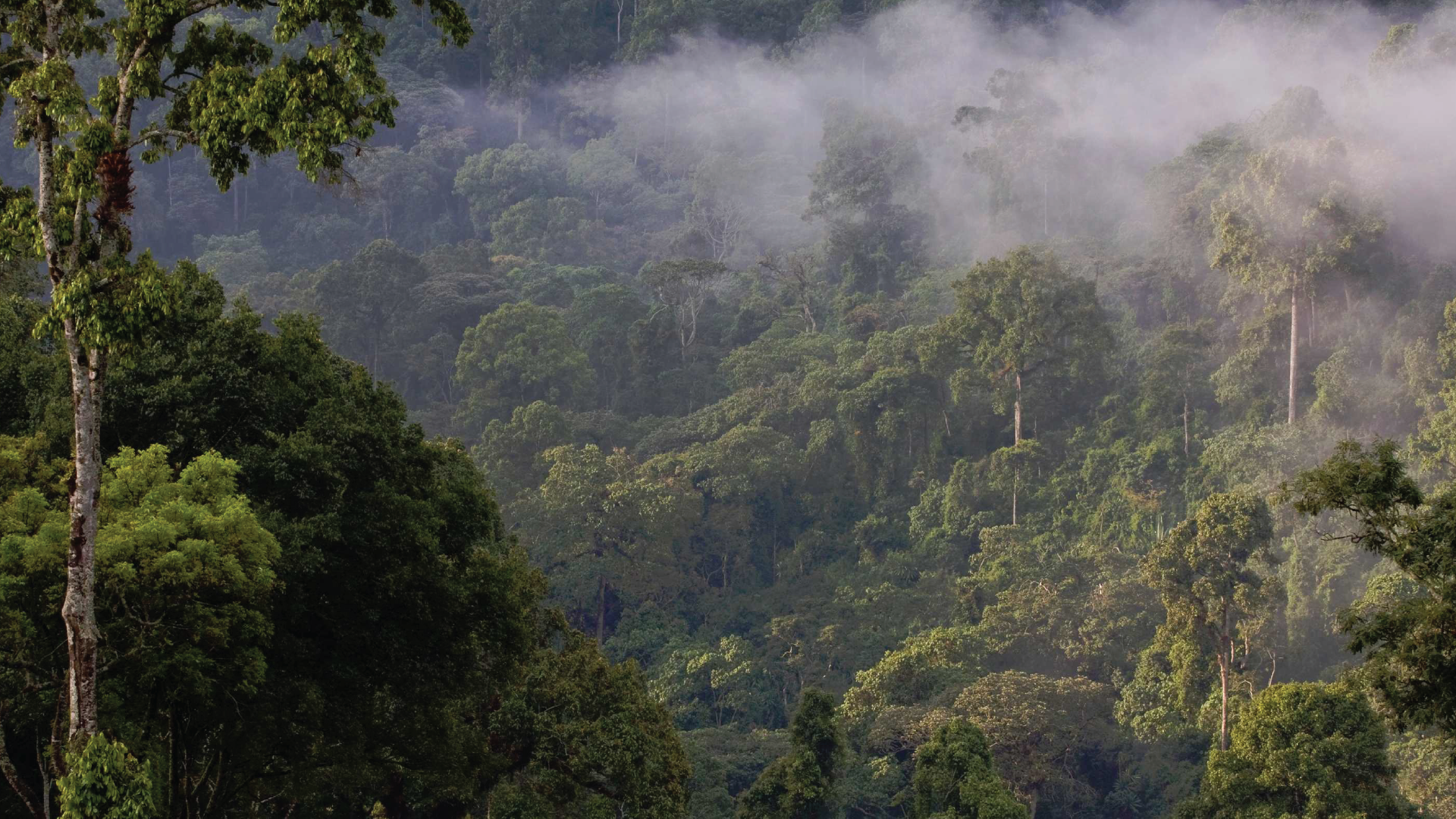Western Ethiopia is an underpublicized wildlife-lover’s paradise, where colobus monkeys swing though roadside trees, elephants and buffalos lurk in forest glades, and an alluring bird checklist includes many forest endemics along with the spectacular shoebill and Egyptian plover. Nourished by a plentiful rainfall throughout the year, the loamy fertile soils of its lushly forested slopes are the natural home of the arabica coffee bean and the origin of the world’s favourite hot brew – which still remains the region’s main export crop.
- Africa’s second-largest antelope migration occurs from March to June, when around a million white-tailed kob cross from South Sudan into Gambella National Park, which is also home to rare birds such as the shoebill and Egyptian plover
. - Day hikes, mule excursions and boat trips are offered by a community tourism program at the 3,386m Mount Wenchi, an extinct volcano topped by a gorgeous crater lake and 13th century island monastery.
. - Little-visited Chebera-Churchura National Park offers a rare opportunity to track elephants on foot, while its rivers and crater lakes support plenty of hippos and birds.
. - Bebeka Coffee Estate, Ethiopia’s largest, 45 minutes from Mizan Teferi, is of interest to birdwatchers, and a population of small red-brown buffaloes can be spotted in the surrounding hills.
Once a favourite retreat with Emperor Haile Selassie, Ambo is famed for its therapeutic hot springs resort and also offers access to the pretty Guder and Teltele Falls.
Getting There
Ethiopian Airlines flies between Addis Ababa and the western towns of Jimma, Assosa and Gambella. Privately owned local airline companies can also arrange non-scheduled or chartered flights upon request.
Many trunk roads through Western Ethiopia are asphalted, but others remain unsurfaced and can be tough going in the rainy season. Gambella National Park, Southwest Omo and some other areas are accessible only on a 4×4 vehicle.

